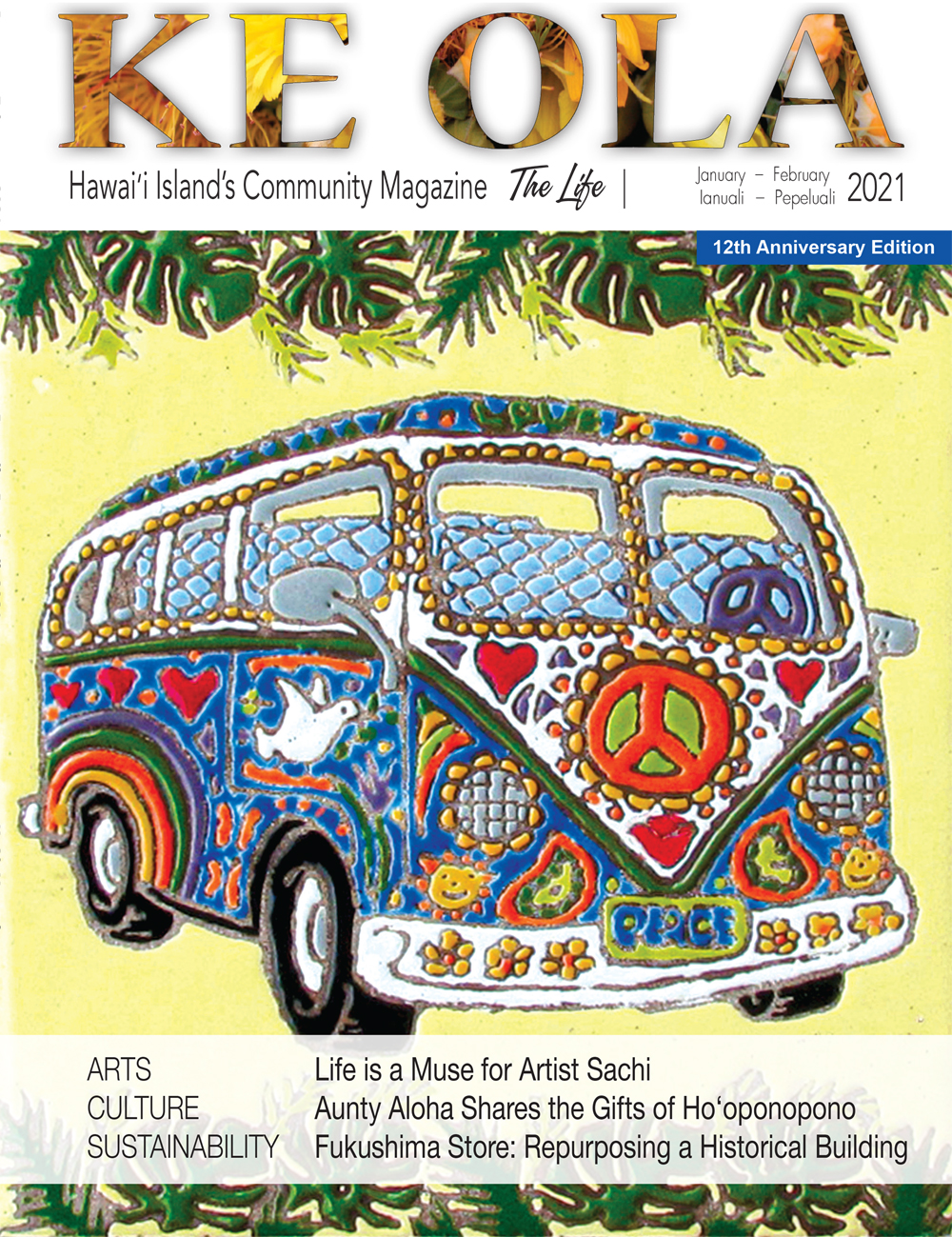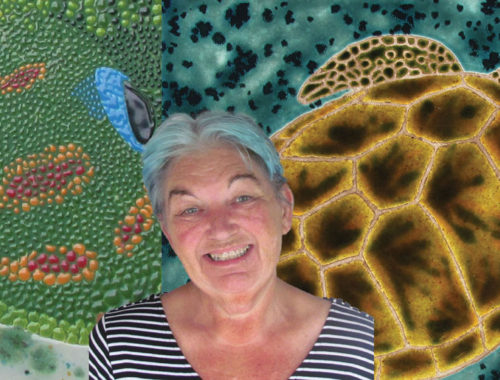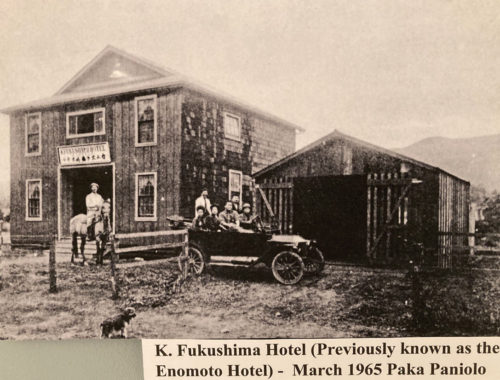Managing with Aloha—Strengths Management with Aloha: Our Talent, Skills and Knowledge
Series 3 on Managing with Aloha, Bringing Hawai‘i’s Universal Values to the Art of Business. Eighth in Series Three on Managing with Aloha
By Rosa Say
As Alaka‘i Managers, mentors, coaches and trainers in the workplace, this is the four-part strategy we employ as the basis of how we treat our people:
— We hire/select people for their TALENT. We consider talent to be innate, in-born and naturally occurring.
— We train people to develop their SKILLS. Skills are the learned activities relevant to the job and mission at hand.
— We give access to the KNOWLEDGE our people need. Knowledge is learned information; however, access to it cannot always be assumed.
— We define COMPETENCY as the workplace fit required to function well in your operational culture.
How then, do a person’s strengths factor into this?
Strengths are TALENTS applied, and in use. We often think of talents as qualifications based on past experience, i.e., there was opportunity to use one’s talents, and they did so to discernable result. Our best growth and self-development will happen within our strengths, since one’s talent comes naturally to them.
What about weaknesses?
This is important—weaknesses are NON-TALENTS applied the best a person can manage them, and we will always be forced to compensate for them in some way until we redesign the work in favor of strength-sourcing instead.
Alaka‘i managers will accomplish this by applying their strength/weakness shifting strategies to work activities (i.e., performance), and never to a person’s character or personality. For instance, do not diagnose weaknesses as bad attitude.
This is why one of the worst things a manager can do—‘worst’ as in fundamentally useless and a huge waste of time—is devote a person’s performance appraisal to that depressing conversation about their weaknesses, and everything which may have gone wrong. When necessary, that’s an on-the-job conversation which should happen in specific context, making it a teachable moment.
Here’s another way to look at this, keeping in mind that a weakness is a non-talent, which you CANNOT turn into a talent. If you keep trying to coach a person’s weaknesses, the best you can do is improve from weak to not horribly bad. Coach a person’s strengths, and you can improve quickly and dramatically, from good to great. Wouldn’t you rather have a workplace culture which functions vibrantly with many greats, over a rather mediocre one, which only functions passably, maybe, with a bunch of not bads? Of course you would! So would your customers.
Whether you call them performance appraisals or annual reviews, devote those organizational practices to talking about a person’s strengths instead: celebrate how their strengths continued to be their best signatures on work, and how they served the mission of the organization well, and in noteworthy ways. As we like to say in Managing with Aloha, catch your people doing something right, and ‘catch’ it with recognition and appreciation. Catch it over and over again: strength affirmation is something you cannot overdo!
Consider goal-setting in a review conversation, to be the exploration of new venues in which the strengths you have identified and celebrated can be further employed.
As we have noted in our previous series, always remember: human energy is your greatest resource, and motivation is an inside job. Channel existing energy effectively, and inspire to create more of it in self-motivation.
Another useful tip: an easy way to see the difference between strengths and weaknesses, is to look for struggle and ease. We largely struggle with assignments due to our weaknesses. Conversely, we will sail through work easily with our strengths.
Here is your homework between now and our next issue: define the ways specific to your business tasks (i.e., jobs) and market or industry focus (i.e., mission and vision) you can compensate for a person’s weaknesses as you coach them, by redirecting their work in the realm of their strengths.
Strengths management is a person-by-person endeavor. It may be that you reassign them, or introduce them to others in a new partnership or team. It may be that you tweak the work itself, reframing it in a way that gives them more successes—there truly are a lot of possibilities when you shift your thinking this way, and no longer hammer people for their weaknesses, making them irrelevant instead.
My favorite thing about Key Concept 7? As transformational as it can be for the workplace, strengths management is just as wonderful for parenting. Children—ALL children—are packages of strengths awaiting our nurture. ❖
In Series 3, we explore the 9 Key Concepts of Managing with Aloha as a culture-building philosophy for the workplace. Next issue, we’ll talk about Key Concept 8: Sense of Place.
Contact writer Rosa Say at RosaSay.com or ManagingWithAloha.com



